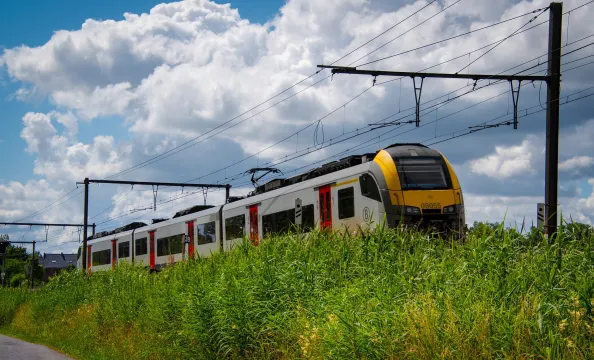Active banners: 0 Visible banners: 0
Transportation Audit
Provided by: National Wildlife Federation |Published on: April 27, 2021
Activity - Classroom
3-10
Synopsis
- This activity assists students in gathering information about how students get to school and how far they travel to get to school.
- Using this transportation survey, students can make recommendations to foster more sustainable transportation methods and track changes over time if the survey is repeated annually or each semester.

Subjects: Science, Social Studies, English Language Arts
Authors: National Wildlife Federation, Eco-Schools USA
Region: North America, United States, Global
Languages: English
Teaching Materials
Positives
- The results help student think about what is already in place in their community, how students get to their school, and what may be lacking in the community to support sustainable transportation options.
- It encourages students to involve their families in the solutions.
Additional Prerequisites
- Students will need a basic understanding of data analysis and math skills.
Differentiation
- Civics classes can use this Transportation Audit to help students develop a better understanding of local governments and policies.
- English classes can use the results to practice persuasive writing skills that encourage carpooling or other green options.
- Pair this activity with this video about city design for public transportation, and this lesson about emissions from different modes of transportation.
- Science and health classes can use this resource when discussing physical health, solutions to climate change, and air pollution.
Scientist Notes
Teaching Tips
Standards
Resource Type and Format
About the Partner Provider

National Wildlife Federation
The mission of the National Wildlife Federation is to unite all Americans to ensure wildlife thrives in a rapidly changing world. The National Wildlife Federation believes that in order to save wildlife and ourselves, we need to ensure that all Americans have access to clean air and water, safe communities, easy and equitable access to nature, and protection from the ravages of climate change. NWF has a long and respected track record in the field of environmental education and is a leader in applying nature and wildlife conservation to improve K-12 student achievement, particularly in the STEM disciplines, and fostering youth leadership and environmental stewardship. Our programs allow individuals to explore, analyze and take action on many key environmental issues facing communities, such as climate change, wildlife conservation, and environmental justice, with the end result of creating healthy, resilient, just, and thriving communities.
All resources can be used for your educational purposes with proper attribution to the content provider.



